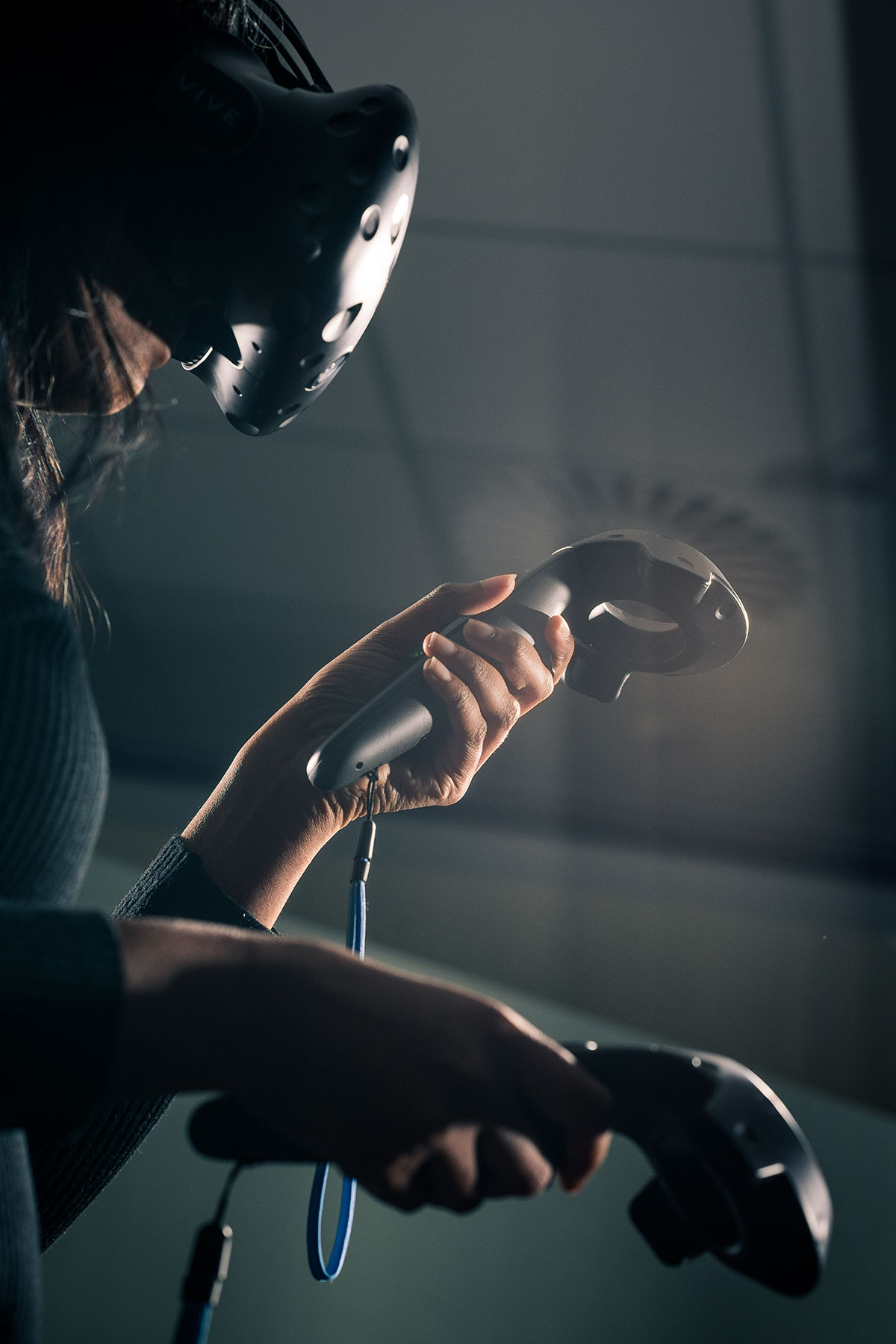As with many projects delving into the VR realm, new potential uses for the technology often arise, and the researchers have already begun exploring various ideas, including virtual surgical medical training and using VR as a pain management tool. Having the benefit of both an engineering and health perspective means the pair are continuing to uncover more applications, and are working with Wellington UniVentures, the University’s commercialisation office, to explore commercial opportunities for their research.
“The technology is so flexible, so powerful. It’s improving all the time, and also becoming much less expensive,” says Craig.
“There are so many potential healthcare applications.”







